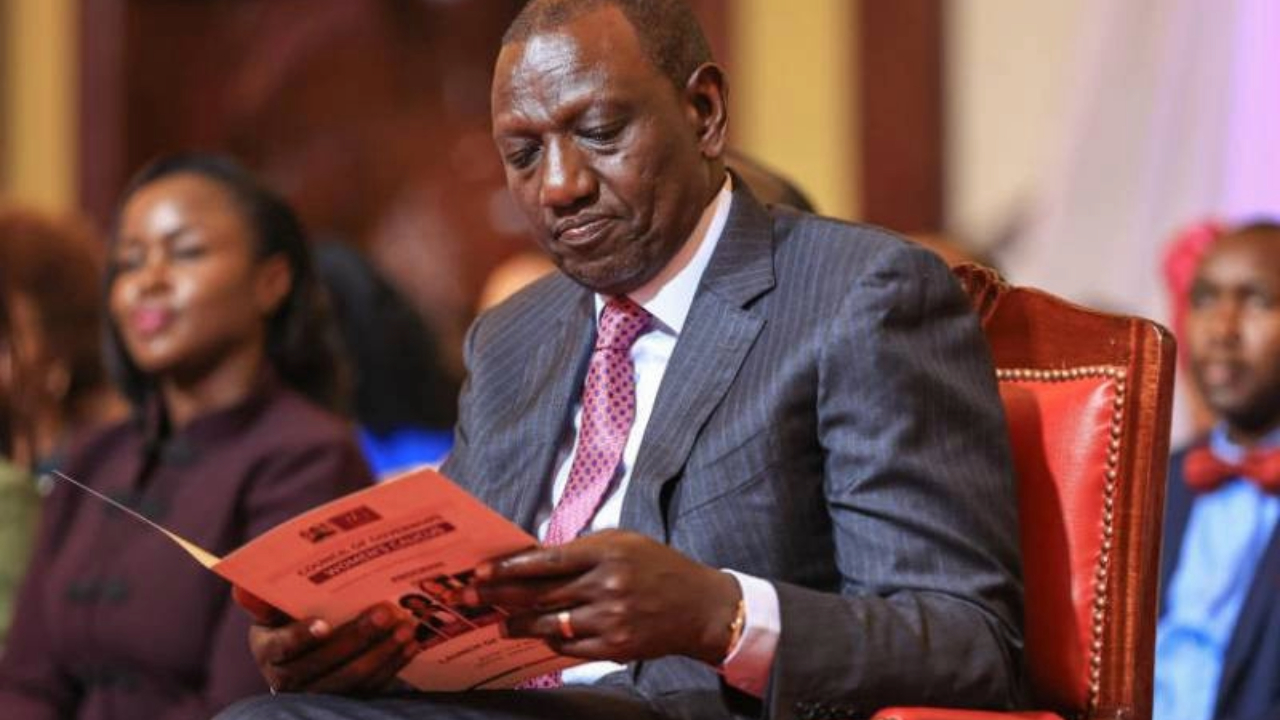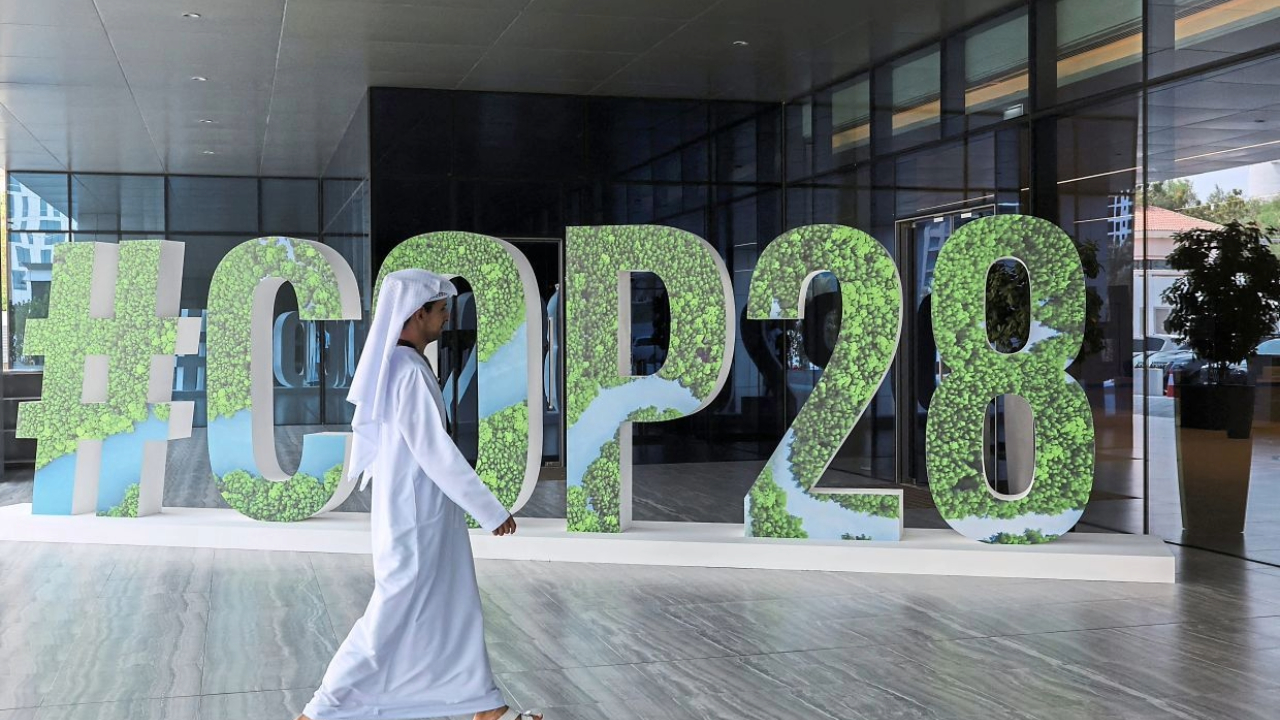Kenya Misses Lessons From The Russia-Ukraine Energy Crisis

The natural gas market in Europe has been experiencing uncertainty and pressure since mid-2021, leading to storage inventory levels remaining below average. The global LPG industry is experiencing unprecedented levels of price volatility due to the general uncertainty that rules the market since the war began in February 2022. The IEA oil market report forecasts a weaker-than-expected demand for oil in OECD countries with the supply of Oil from Russia expected to fall by 1.5 mb/d in April, with shut-ins projected to accelerate to around 3 mb/d from May.
Kenya's oil market is regulated both in supply and price through the fuel subsidy program introduced in January 2022 to spare the economy from high energy prices. All oil operators in the county rely on common import logistics due to the centralization of the oil market, with operators following a price template at service stations reviewed every 14th of each month. In Kenya, oil stands as the dominant fuel in end-use sectors, with consumption tripling in road transport.
The country has seen one of the most rapid increases in electrification rates within sub-Saharan Africa since 2013 due to a drive-by the Jubilee government under the last-mile connectivity program. With the high demand for oil and gas in the country, it would be a welcome relief if Kenya joined the global oil producers in 2022 but unfortunately, this has not been achieved.
In January 2021, Petroleum Commissioner James Ng’ang’a announced that ENI Kenya Business Venture, formerly Agip, had already started exploration and drilling at the Mlima-1 well, also known as Block L11B. Oil jumped to $139 a barrel in early March, the highest level ever recorded in more than a decade following a hint by the United States government on a ban on buying Russian energy. With the Russian oil market reshaping, some buyers, most notably in Asia, increased purchases of sharply discounted Russian barrels, with traditional customers heavily cutting back on Russian oil.
In March, petrol retailed at Sh129.72 in Nairobi, while diesel went for Sh110.60 per liter, and Kerosene, mostly used in low-income households retailed at Sh103.54 per liter. April saw a major fuel shortage in the country that haunted motorists as oil marketers operated within the uncertainty of the state-driven fuel subsidy.
With the coming in of the new president, Dr. William Ruto, Kenya announced plans to change their oil purchase deals from the general oil market to what they now termed as government-to-government deals. According to the president and his advisors, the deal would see Kenya independently source for oil from the Saudi Market.
This was a well-informed move during this period as the ongoing delays in the payment of oil marketers in the country saw prices in the wholesale market skyrocket opening a channel for oil majors reselling their fuel to smaller independent retailers who hold 40% of the Kenyan market cropping up. However, smaller retailers were hesitant to buy the expensive fuel, making the deficit still persisted.
There were fears that the government under pressure from increased international prices would get done away with the fuel subsidy program, with international bodies like the International Monetary Fund (IMF) urging the Treasury to scrap the program. In a bid to ease the crisis and remove market uncertainty, the government released Sh34.4 billion owed to oil marketers as a subsidy after President Uhuru Kenyatta signed the Supplementary Appropriation Bill.
Despite price increases of the commodity, households and businesses in Kenya increased their consumption of cooking gas in the six months ended December by 9.1%, defying a sharp increase in the price of the commodity in the review period.
The National Treasury in a few months after activating the G2G deal however decided to pull a plug on it citing high risk facing private sector financiers of the facilities and its commitment to private market solutions in the energy market.
“The government intends to exit the oil import arrangement, as we are cognizant of the distortions it has created in the FX market, the accompanying increase in rollover risk of the private sector financing facilities supporting it and remain committed to private market solutions in the energy market,” the IMF wrote in its latest country report for Kenya.
“We commit that all FX conversions done as part of the oil scheme,” reads the IMF report for Kenya.”
President William Ruto had further insisted that the agreement would afford local marketers space for settling dollar-denominated fuel imports into the country.
“We also gave them the guarantee that dollars will be available to them and we have made sure that is the case,” President Ruto said.
“The rest is private business. The State is not a broker or an in-between so the entire process is private sector-led.”




